
DEEP INTO THE COMMUNITY
Black Diamond Athlete Angela Hawse is a guide for change.
You're eligible for Free Shipping!
$0.00 USD





Here at Black Diamond, I answer more emails about the longevity and durability of climbing gear than anything else. Contrary to popular belief, climbing gear doesn't last forever. For instance, I recently received a #2 Camalot in the mail that was manufactured in 2002. The thing was destroyed—it looked like it had been up El Cap 300 times. The customer wanted a new one because it was worn out. News flash: climbing gear doesn't last forever.

If I took a set of tires with 60,000 miles on them back to the tire shop to get replaced, I'd get laughed at—same is true for climbing gear. Perhaps it's a legacy thing. Yes, back in the day some climbing gear did last longer, because it was designed and manufactured to be more robust and consequently was heavier and ultimately didn't perform as well. But even back in the day, climbing gear had a useable lifespan. Also, as the climbing standards increase, we're torquing our picks and crampons, whipping on sketchy pins and cams and just generally being way harder on our gear.
But just as you can buy beefy, all-terrain radials that last longer than high-performance race tires, you can buy rugged climbing gear that'll last longer, but at a cost of weight and performance. You can also purchase more specialized, lighter gear, but it generally won't be quite as burly. It's up to each individual climber to make the choice and understand the possible ramifications of these decisions.
One last thing: my job at BD is to manage a team of engineers that test and break gear all day, every day. We test all gear (not just BD, but all our competitor's gear, too) and do so scientifically and objectively. Yes, we monitor the blogs and chat rooms for trends, information and what is being discussed, and are constantly surprised by both the nature of the commentary (sometimes factual and sometimes not) and the tendency of most blog/forum readers to accept everything as true. As a caveat, don't believe everything you read online—if you do, I have a friend in Nigeria who will wire you $100,000 and all you have to do is send him your bank account information.
Read on for some objective test data on the realities regarding the fatigue life of some of the products that continually pop up. We'll start off with ice gear, then in subsequent posts I'll discuss rock climbing and mountain gear. First up, ice tool picks.

What most people don't realize is that picks don't typically weaken by being slammed into the ice, rather they weaken from being removed. If you're a guy who buries his picks with each swing (like me), it's the levering motion of REMOVING the pick from the ice that puts a three-point bend load on the ice pick; the ice acting as a fulcrum. This repeated motion and loading can eventually cause a fatigue failure in the metal.
Several years ago, with the desire to obtain real comparative cyclic data on ice-tool picks, we created a test machine that simulates that loading scenario. We call it the 4-Banger—it's awesome.
We load the 4-Banger up, set to the appropriate load, and let it do its thing until the pick breaks, keeping track of the number of cycles. One thing to keep in mind is this is all relative testing—the test setup is consistent, but not necessarily correlating directly to real-world usage, so the data should be considered comparative within itself. Of course picks are also greatly weakened by torquing (but rarely break in this mode). To test this, we have torqued picks, followed by our cycle tests in the 4-Banger and found the fatigue life can be reduced by upwards of 50%.
We've tested and broken so many picks it would make a grown man with a gear fetish cry. We test all of our picks during design and development, and we test other manufacturer's picks as well. We test hot-forged picks, laser-cut picks, water-jet cut picks, machined picks, Aermet picks, and many prototypes using special materials or manufacturing processes.

Most reputable climbing gear manufacturers will CE-certify their gear. One interesting thing is that in general, there are no durability requirements for climbing gear—almost all standards are based on single-pull ultimate strength. So a company could, in theory, design and sell a carabiner that meets all the CE requirements when loaded once and then turns to glass, and it would pass all the current requirements. My point is, the CE standards don't count for fatigue. Up until recently there actually WAS a fatigue requirement for ice climbing picks, but it was removed from the standard because the data was so variable (as all cyclic data is), it didn't really tell you anything, and the test wasn't actually relevant to real world use. So it really is up to the manufacturer to find the balance between ultimate strength, durability and performance.
Many manufactures supply various pick options, and CE has categories for these picks. Burly picks, which used to be called T picks for TECHNICAL, are now are called Type 2 and are for climbing rock, snow or ice. More ice-specific picks that may not necessarily be as robust are formerly called Type B picks for BASIC and are now called Type 1 picks. These classifications are stamped on the pick for easy identification.



Follow BD Athlete Yannick Glatthard deep into the Swiss Alps as he shares his home...
Follow BD Athlete Yannick Glatthard deep into the Swiss Alps as he shares his home mountains with close friends.

Follow Dorian Densmore and Mya Akins for another winter season of steep Alaskan spines, backyard...
Follow Dorian Densmore and Mya Akins for another winter season of steep Alaskan spines, backyard couloirs, and deep adventures in the mountains.
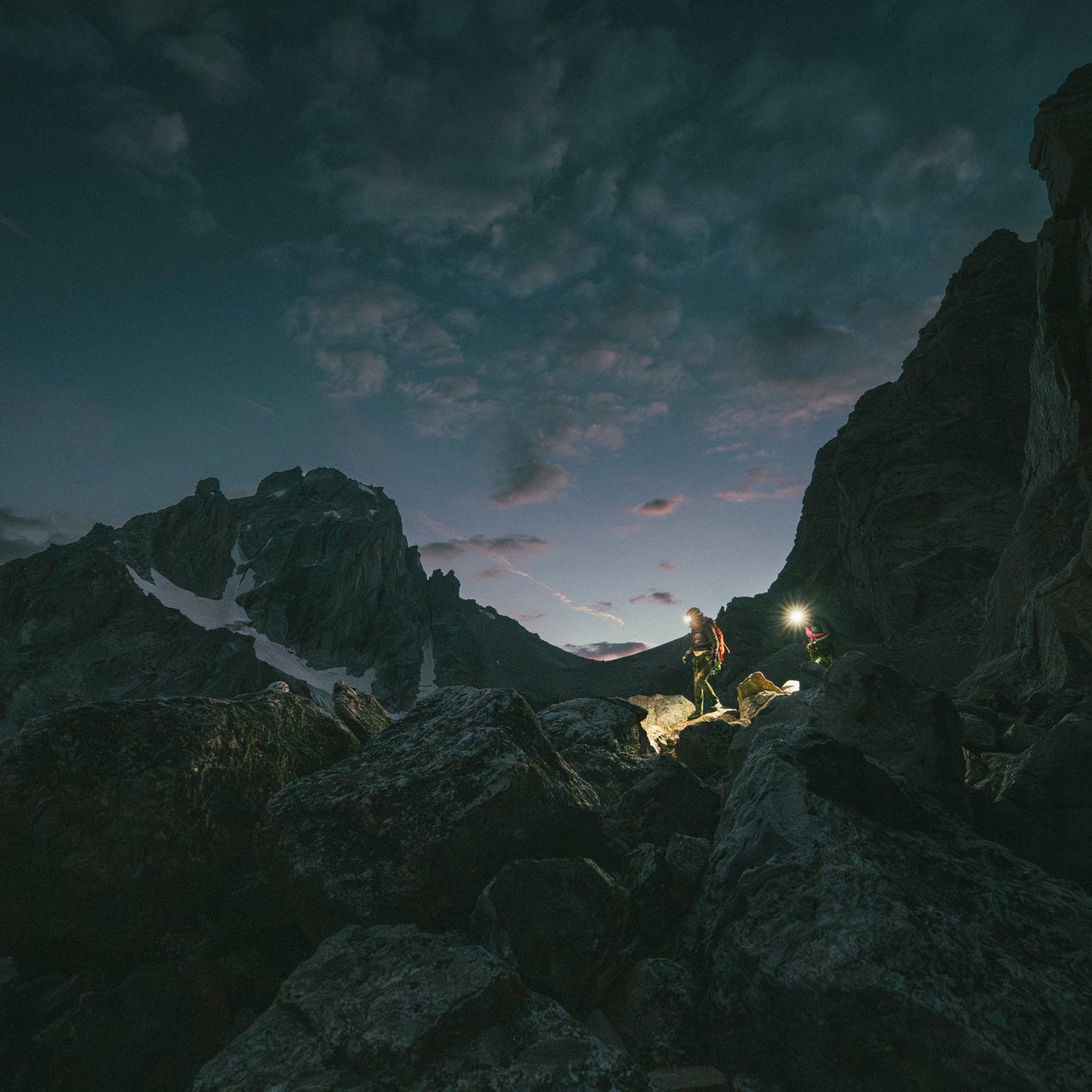

Watch BD Athlete Alex Honnold throw down on some hard trad high above Tahoe.
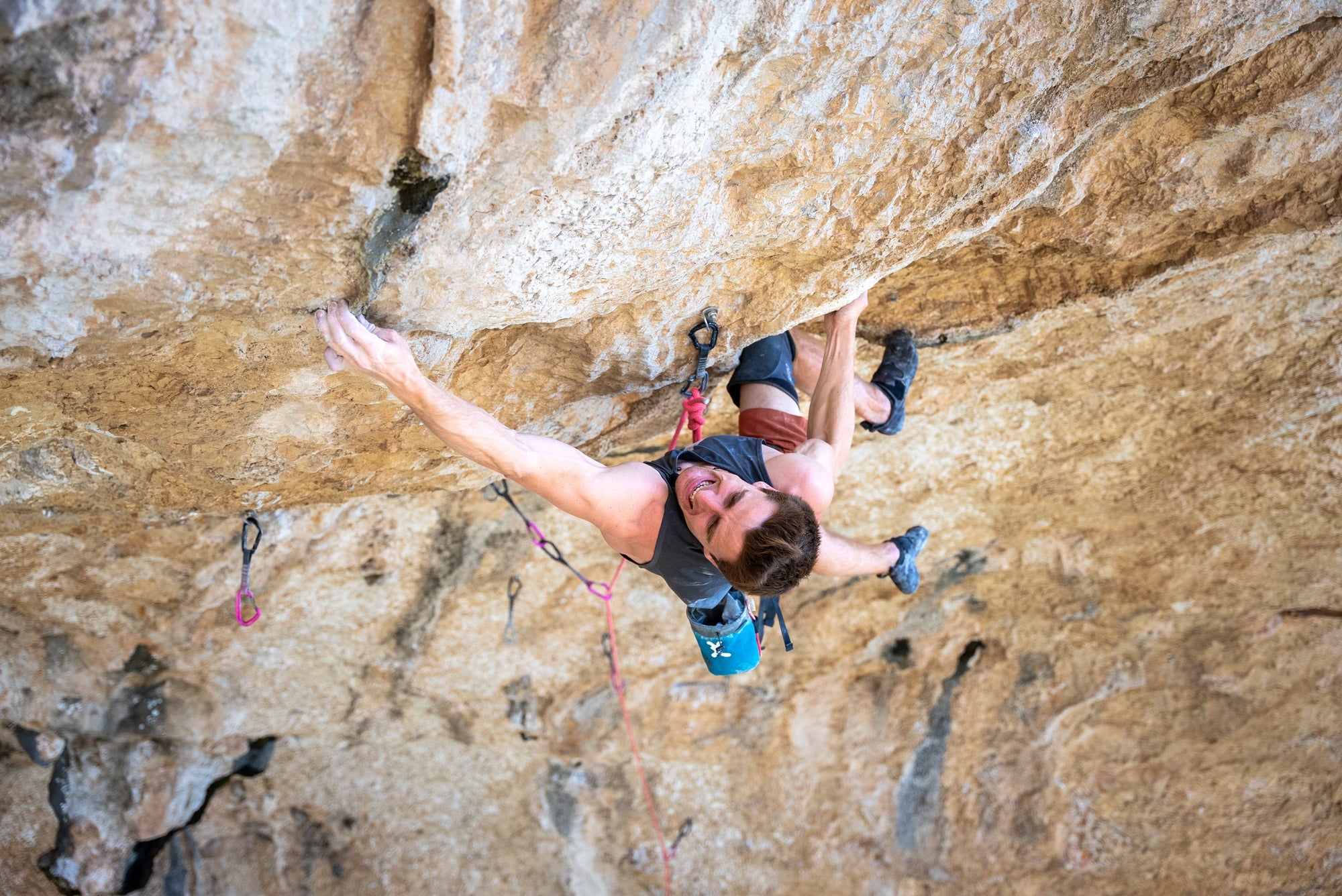
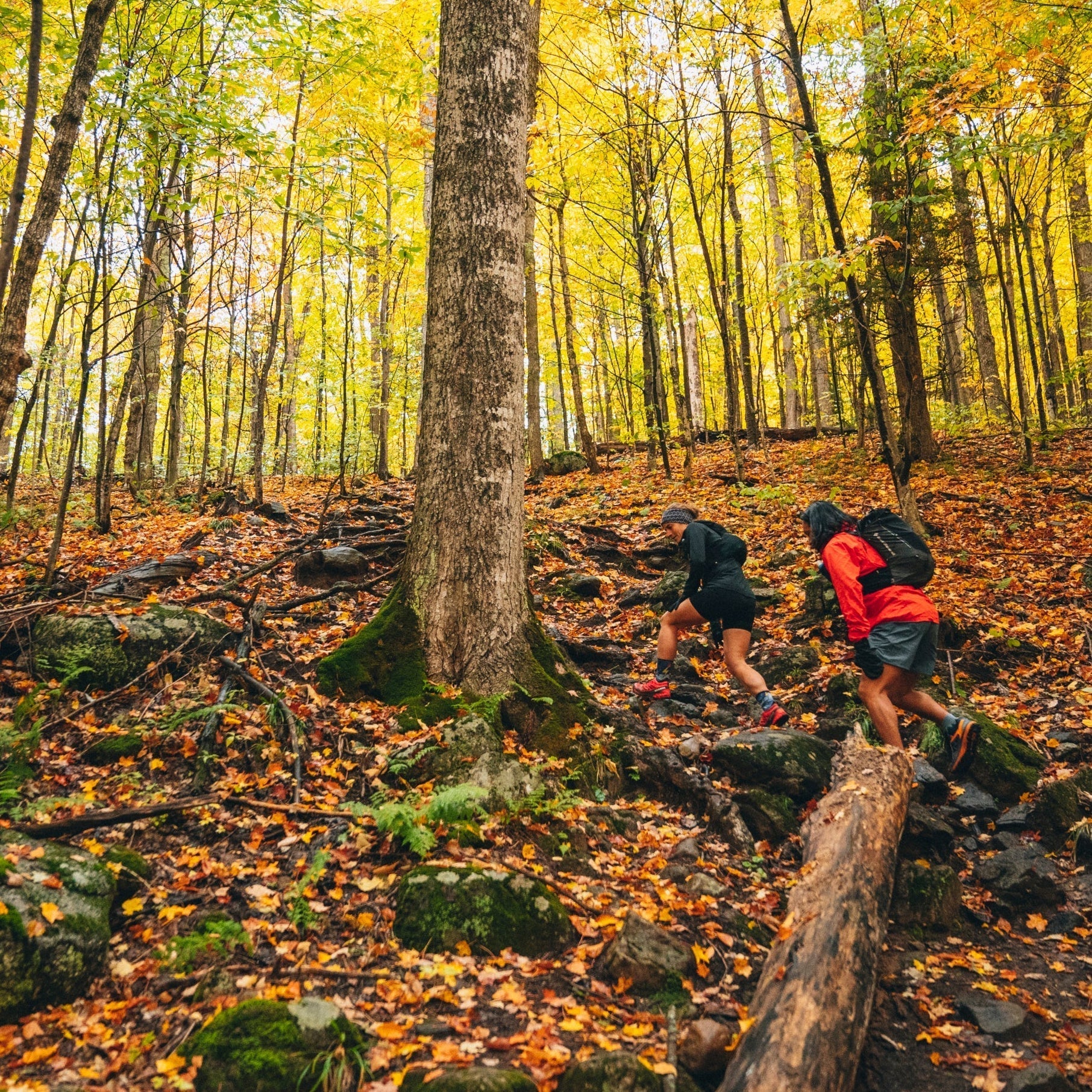
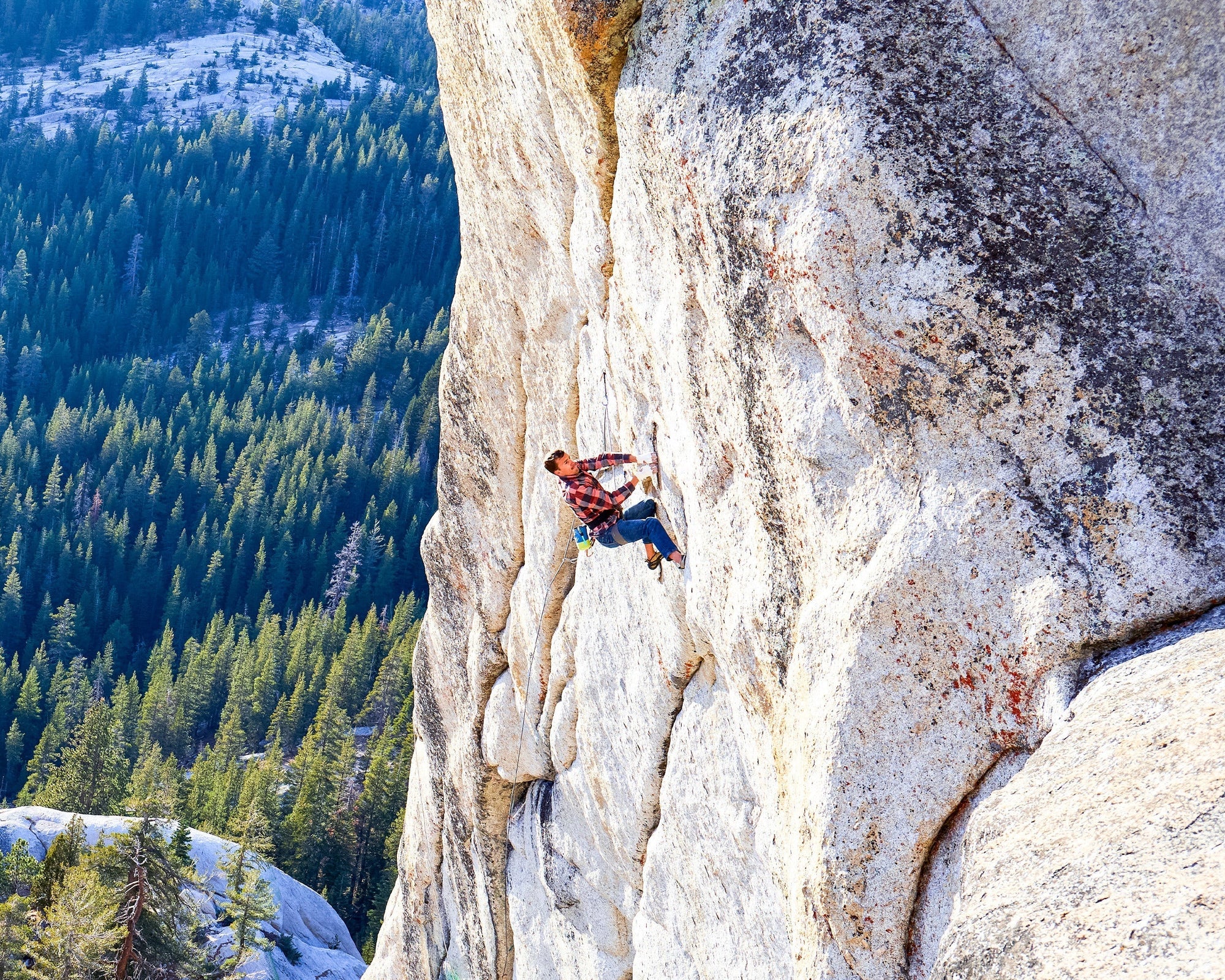
In 2012, filmmaker and photographer Ben Ditto, and professional climber Mason Earle equipped an immaculate...
In 2012, filmmaker and photographer Ben Ditto, and professional climber Mason Earle equipped an immaculate line in Tuolumne’s high country. But their attempts to free the route were thwarted when Mason’s life changed drastically. With the help of Connor Herson, Ditto and Mason found a way to keep the dream alive.
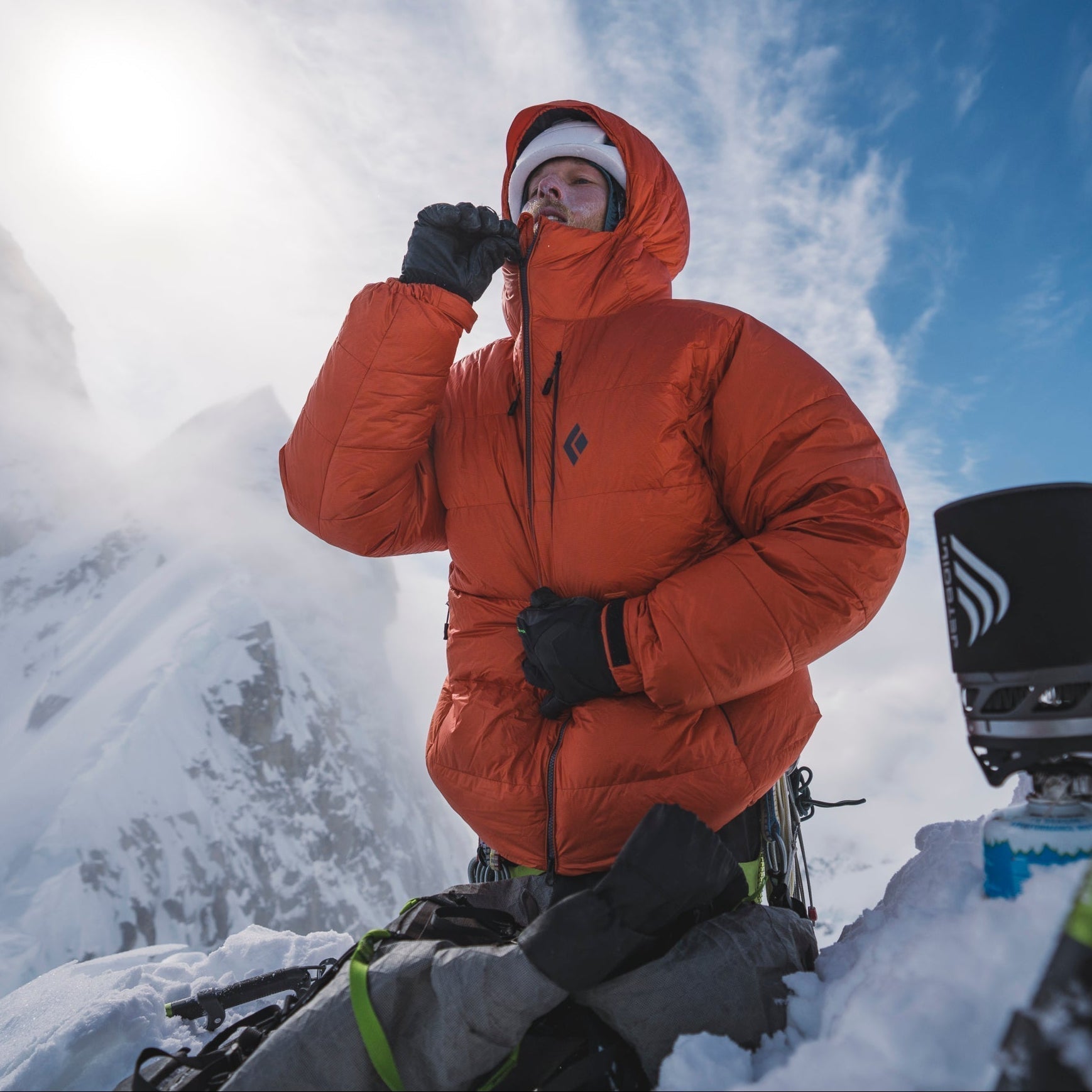

Watch and learn as our Field Test Coordinator runs you through a step by step...
Watch and learn as our Field Test Coordinator runs you through a step by step process of trimming and setting up any STS-style Black Diamond skin.


Every climber has a few lines they dream about. Whether inspired or haunted—or sometimes both—these...
Every climber has a few lines they dream about. Whether inspired or haunted—or sometimes both—these lines can push us beyond what we thought we were capable of, in turn teaching us who we really are. BD Ambassador Ethan Salvo recently restructured his entire life to focus on two climbs that pulled him into the void with only one way out … getting to the top. This is his story of sending Dreamcatcher and becoming the first Canadian to climb V16 in the same week.

BD Athlete Connor Herson spent as many weekends as possible in the Valley this spring...
BD Athlete Connor Herson spent as many weekends as possible in the Valley this spring during a grueling quarter at Stanford. The objective? Ground up, in-a-day ascents.
